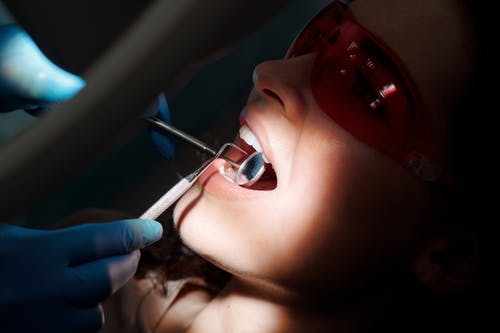You can tell the difference between a problem and something more severe if you know the typical signs of a dental emergency. Even though dental emergencies happen more often than you might think, only some problems with your teeth need to be fixed immediately. The key to getting good emergency dental care is knowing when to call or visit the dentist’s office.
Why is dental emergency care so crucial?
Dental care in an emergency is just as critical as medical care. It stops the bleeding, eases the excruciating pain, temporarily fixes the broken tooth to prevent further damage and infection, and gives immediate relief and calmness in the mouth.
What kinds of situations need help with emergency dental care?
Global dentistry established PK Dentistry emergency dental services to address particular dental issues. It only covers dental problems that need immediate care. Avoid contacting emergency dental care support for any dental issues. For example, you can not get emergency dental care if your teeth are pale and discolored, if they are crooked and close together, if they are decayed, or if they are filled with cavities.
You should see a dentist regularly if you have any dental problems. Let us look at situations where you should call an emergency dental care service immediately.
- Teeth missing
- Chipped or cracked teeth
- Tooth abscess
- Painful teeth
- Bleeding gums
What would not qualify as a dental emergency?
You don’t have to go to the dentist immediately if you can wait a few days. Most urgent problems can be postponed for a few days if handled correctly.
Chipped tooth
Do not freak out if you break a tooth that does not hurt. It is not life-threatening. But if you have pain in your jaw or teeth, you should immediately make an appointment with a specialist. You can call it an emergency if it hurts or breaks into sharp pieces that could cut your mouth.
A small toothache
You can put off treatment if the toothache is mild and there is no abscess. But if you have a high fever or swollen gums, you may need to see a doctor immediately.
Lost crowns or fillings
In the meantime, a broken filling or crown can be replaced by a dentist. You can put your crown back on with dental cement or denture adhesive that you can buy over the counter. You can use sugar-free gum as a temporary filling, depending on the situation.
Broken dental bond
The filling could break or come loose from the tooth. If the bonding material breaks or chips or you feel sharp or rough edges after the procedure, you should see a dentist. You should ask your dentist for more information.
Fallen veneers
If your porcelain veneers fall off suddenly, you need to see a dentist to protect the tooth that is now showing. On the other hand, a missing porcelain veneer is not a dental emergency. While you wait for your appointment, your dentist will tell you how to protect your teeth, but if this hurts, you should see them.
Conclusion
An unexpected dental problem can be scary and stressful. Knowing what you need to do to keep your oral health from worsening. See a dentist if you have pain, swelling, numbness, discolored gums near your teeth, trouble chewing, or if you have to drink with your mouth open.


